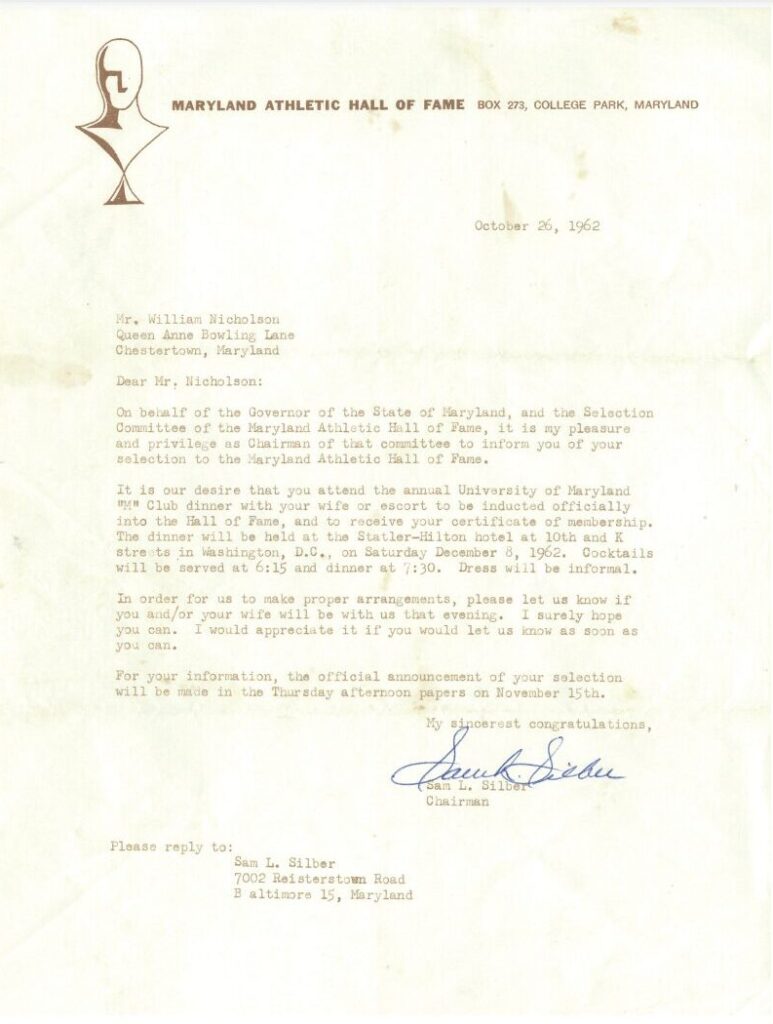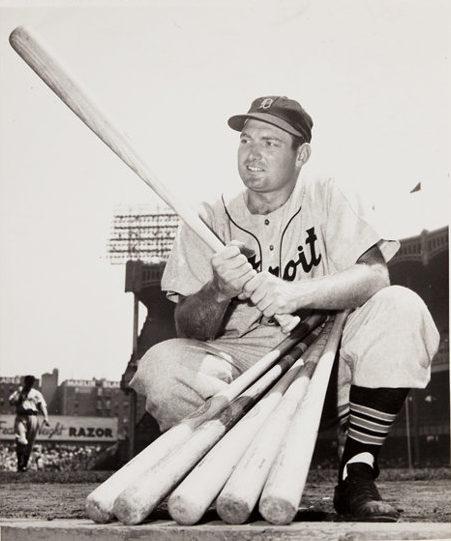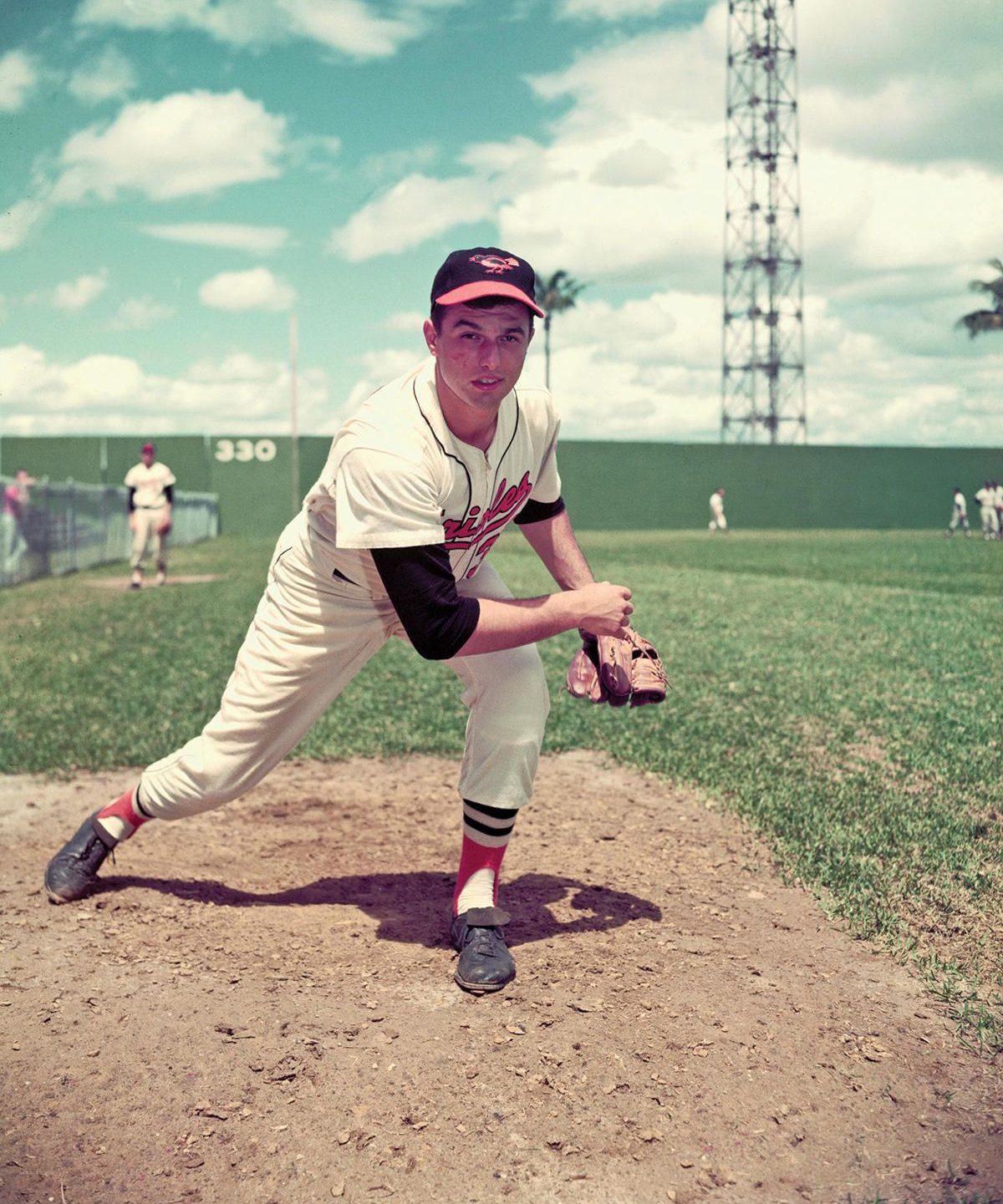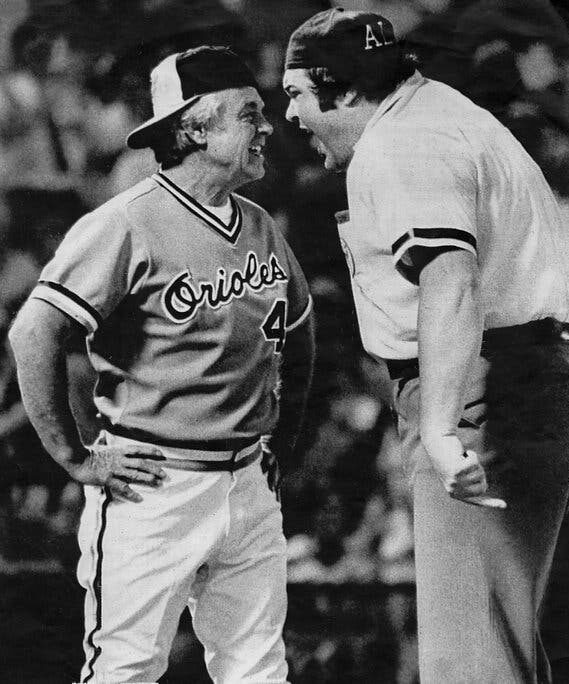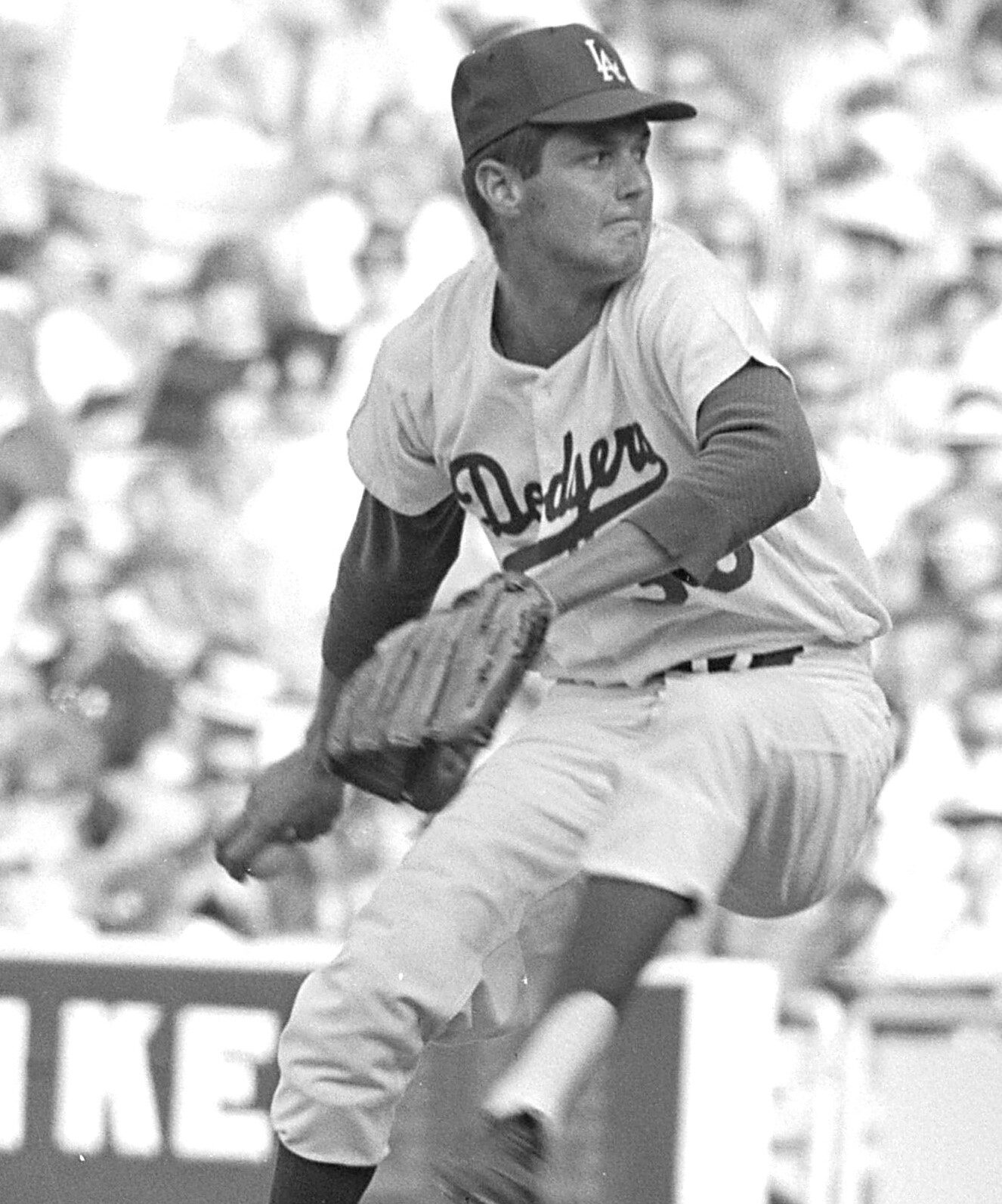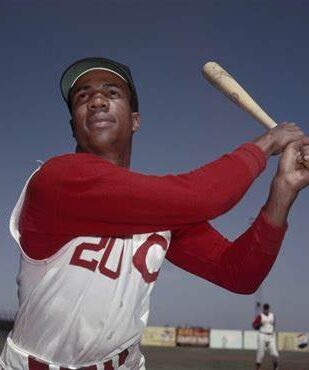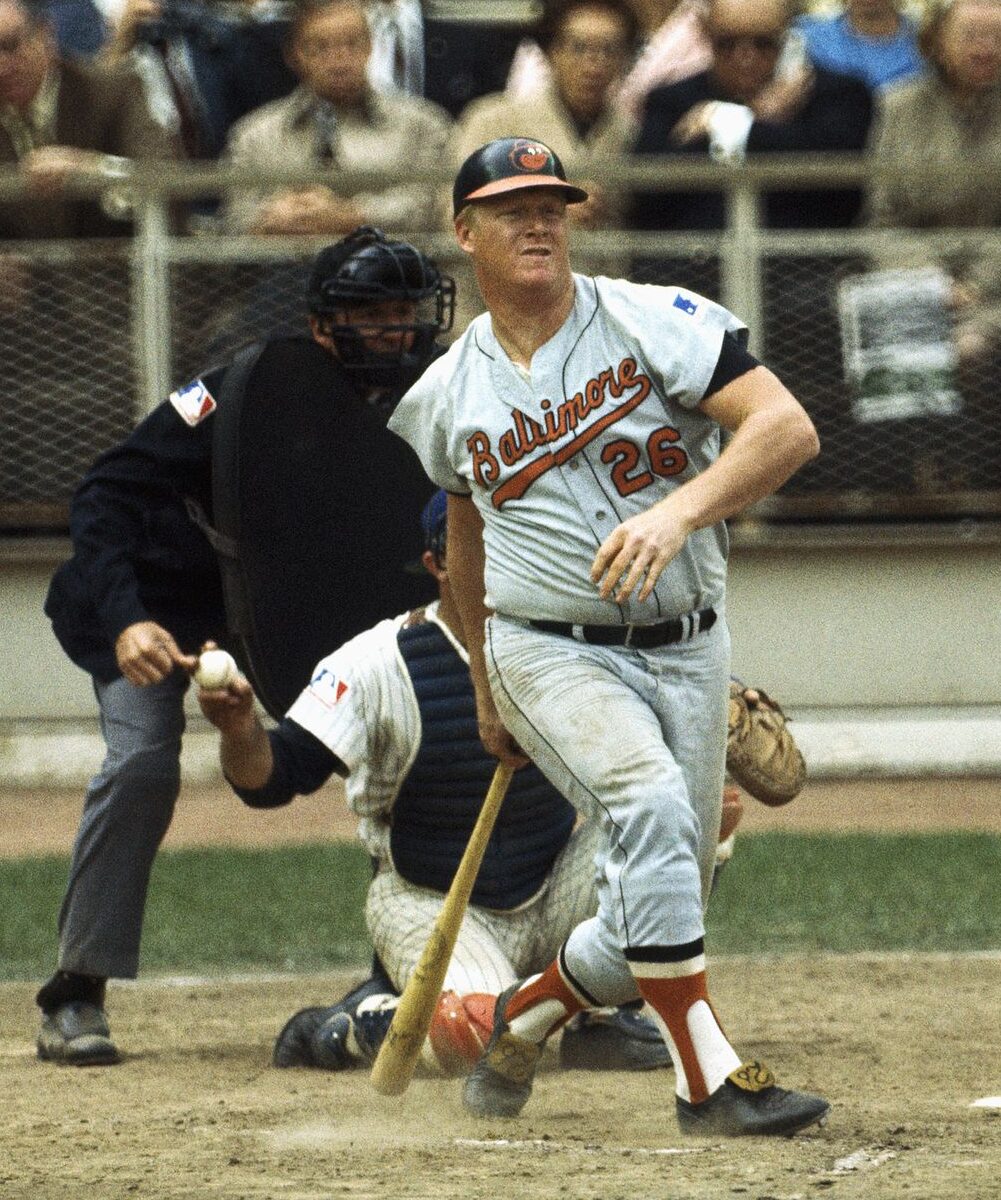Brooks Robinson
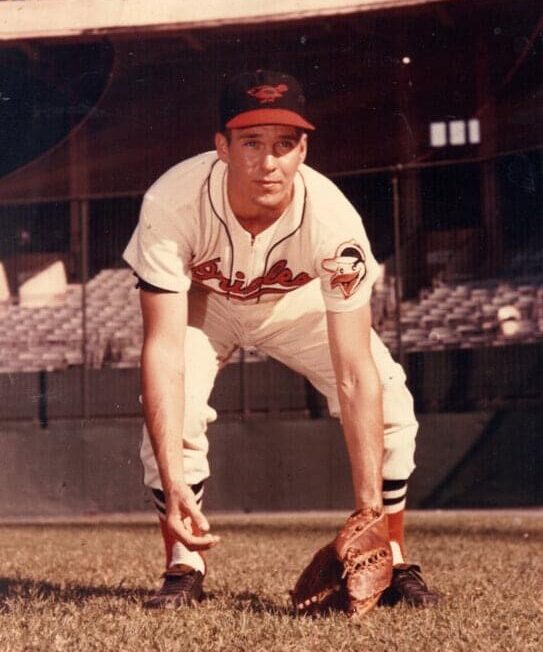
| Birthdate | 5/18/1937 |
| Death Date | |
| Debut Year | 1955 |
| Year of Induction | 1983 |
| Teams | Orioles |
| Position | Third Base |
Brooks Robinson won sixteen consecutive Gold Glove Awards and is considered the greatest defensive third baseman in Major League history.
Leave a commentIn the collection:
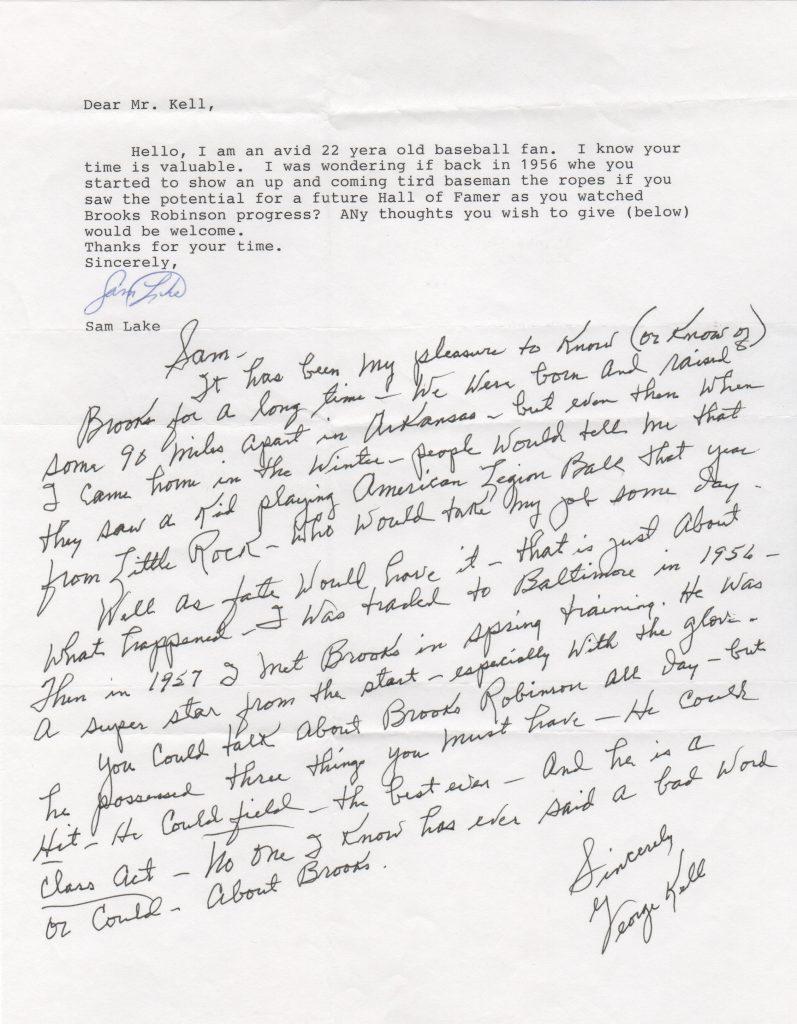
Brooks Robinson replaced Hall of Famer George Kell as the Orioles third baseman
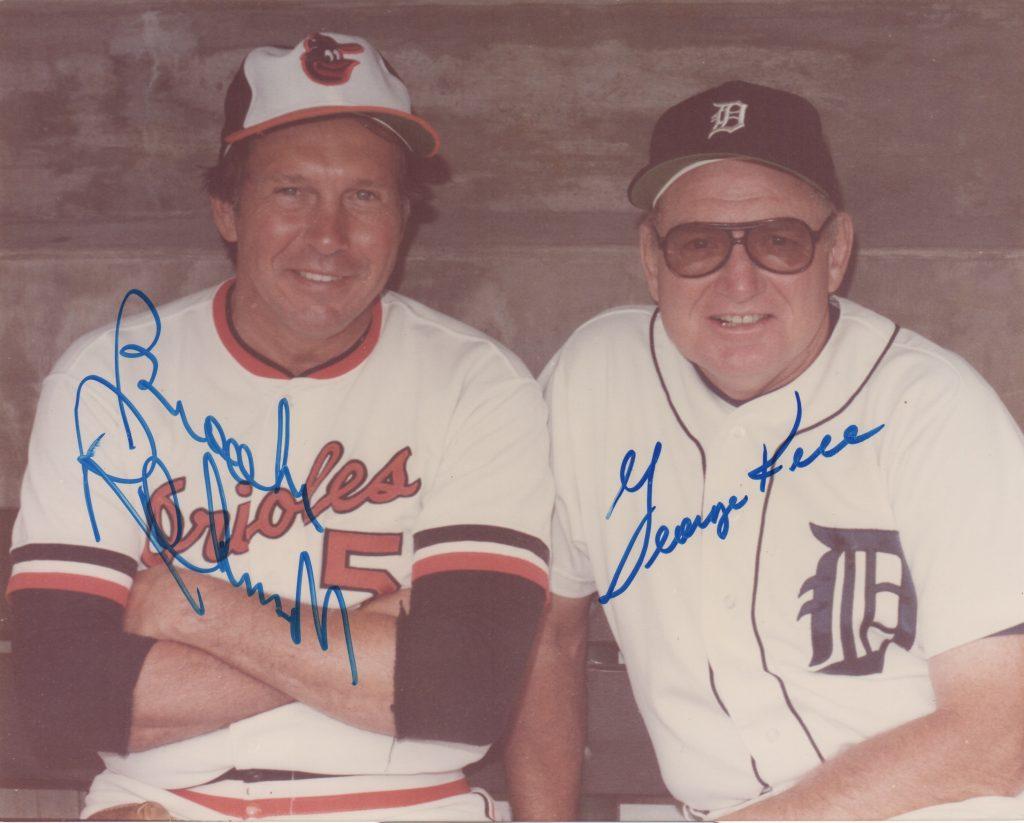
His World Series MVP performance featured the first two Fall Classic games played on turf
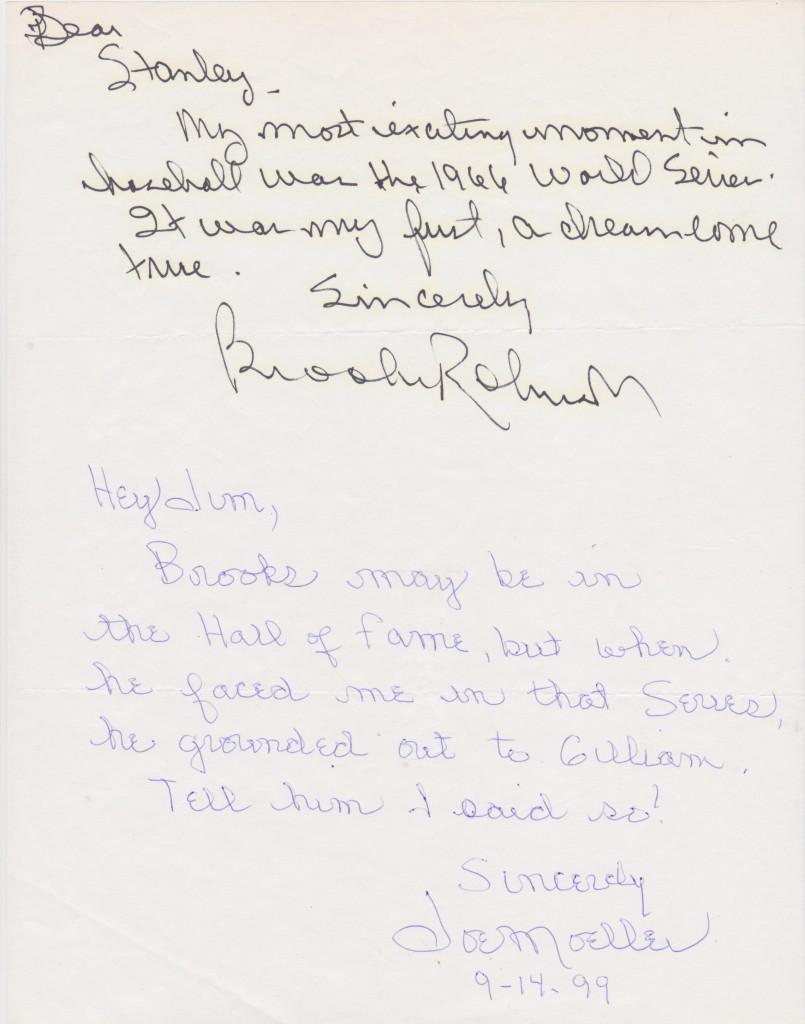
Brooks maintains that his most exciting moment in the game was his first World Series in '66
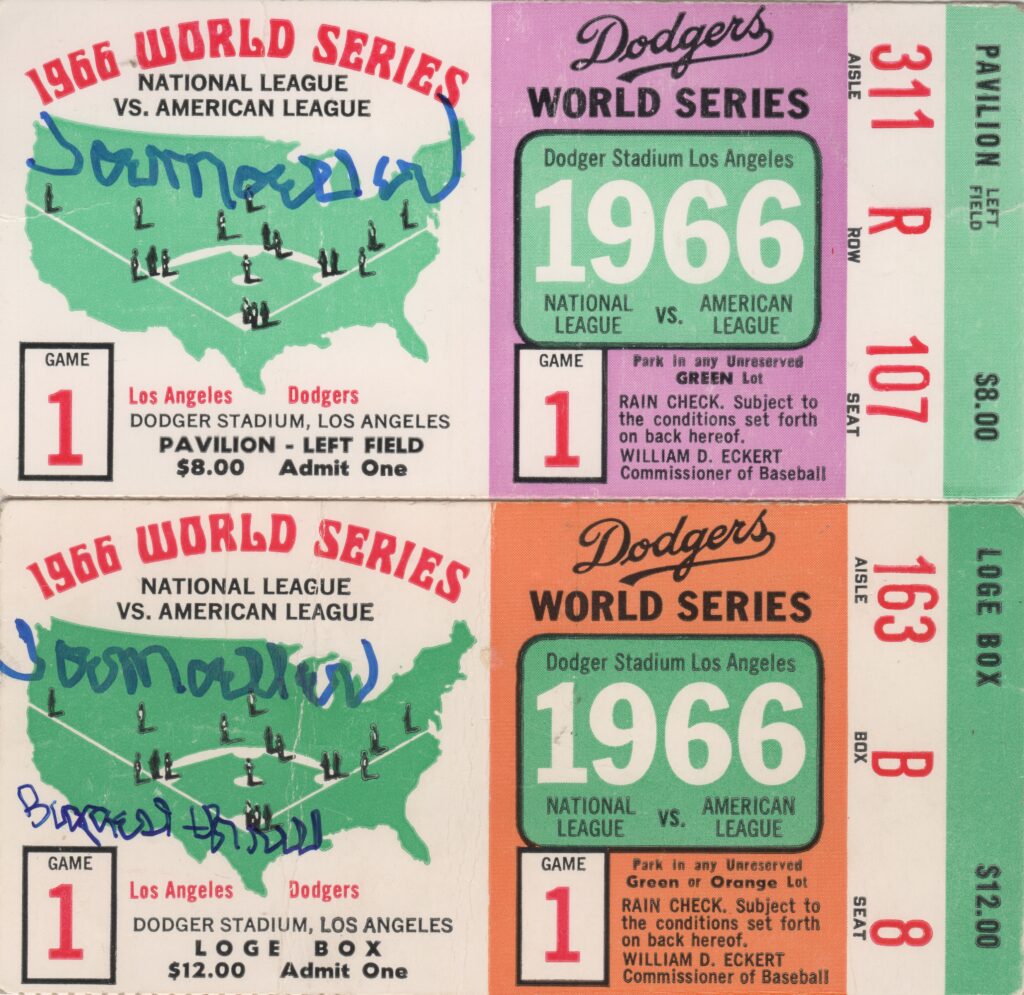
Brooks hit a Game 1 homer off of Drysdale before Moeller retired him
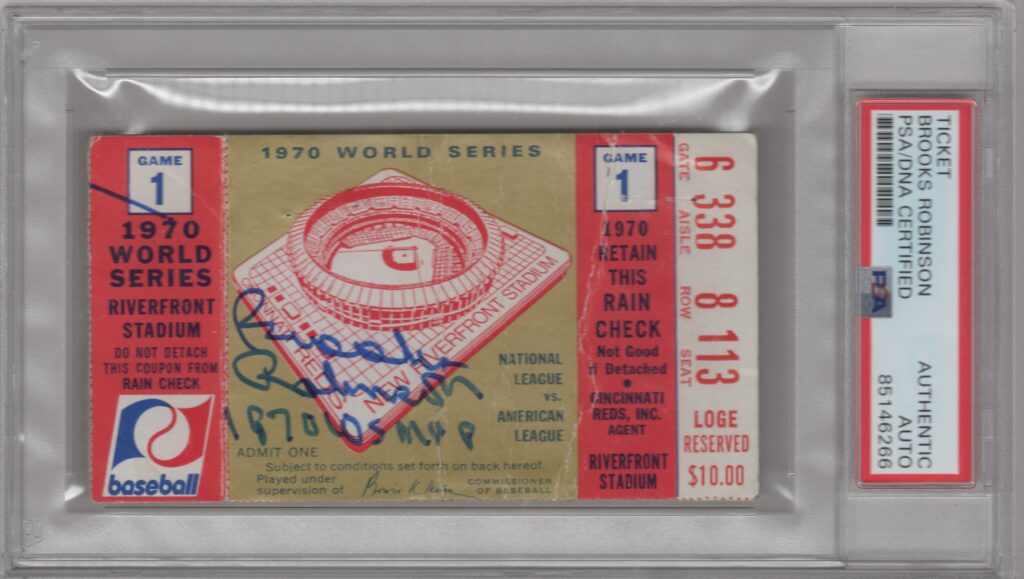
Brooks Robinson was the first World Series MVP third baseman
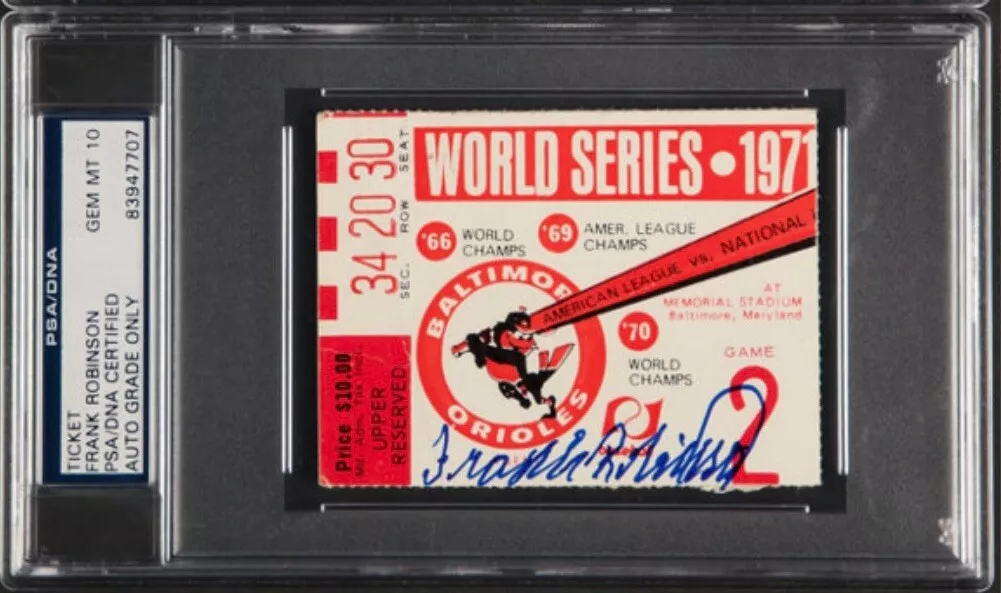
The last of Brooks' four World Series appearances came in 1971
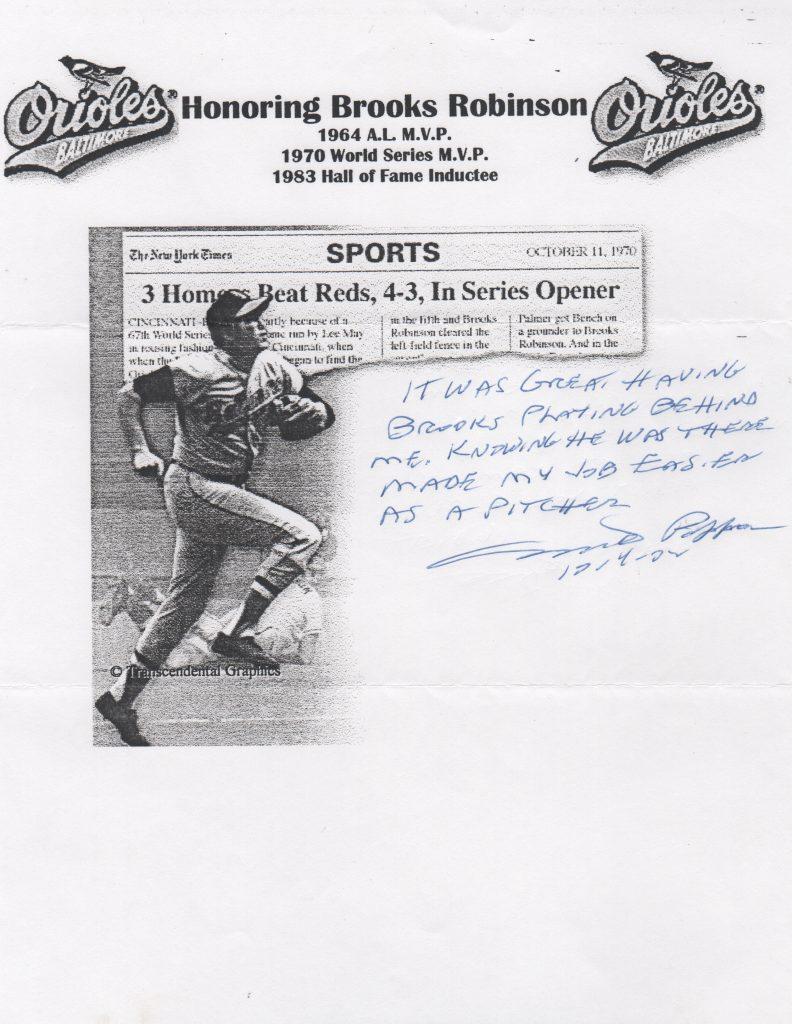
Teammates loved Brooks Robinson as a player and as a human being
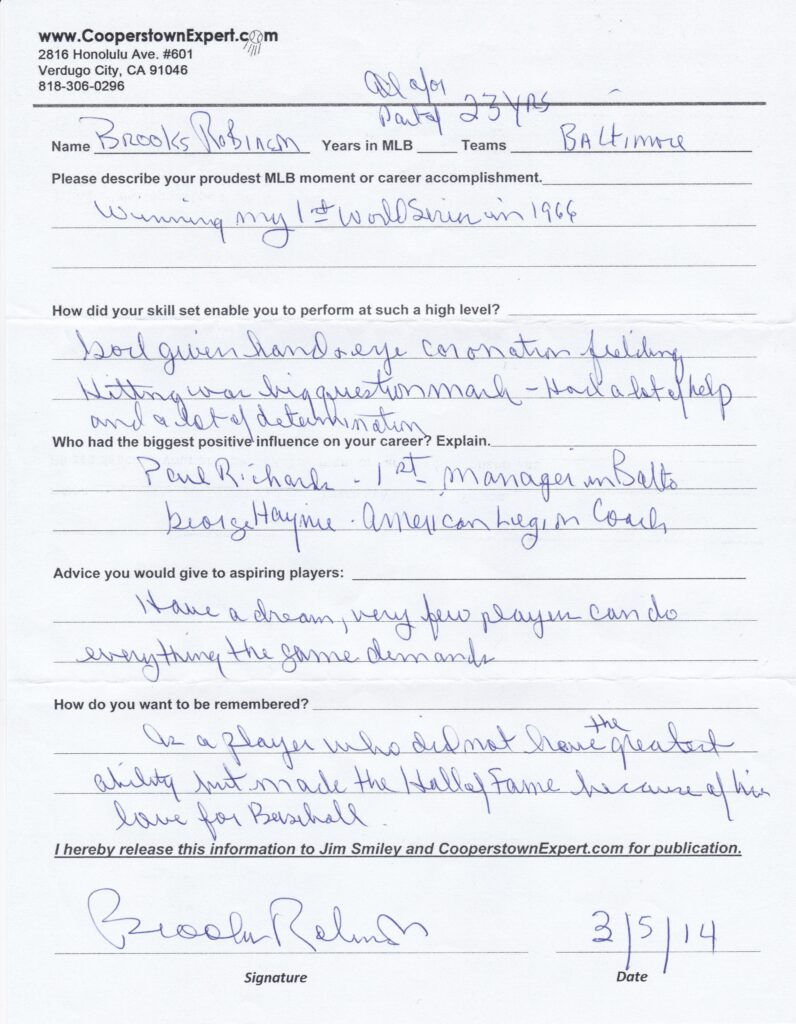
Brooks Robinson played all 23 seasons with the Baltimore Orioles
